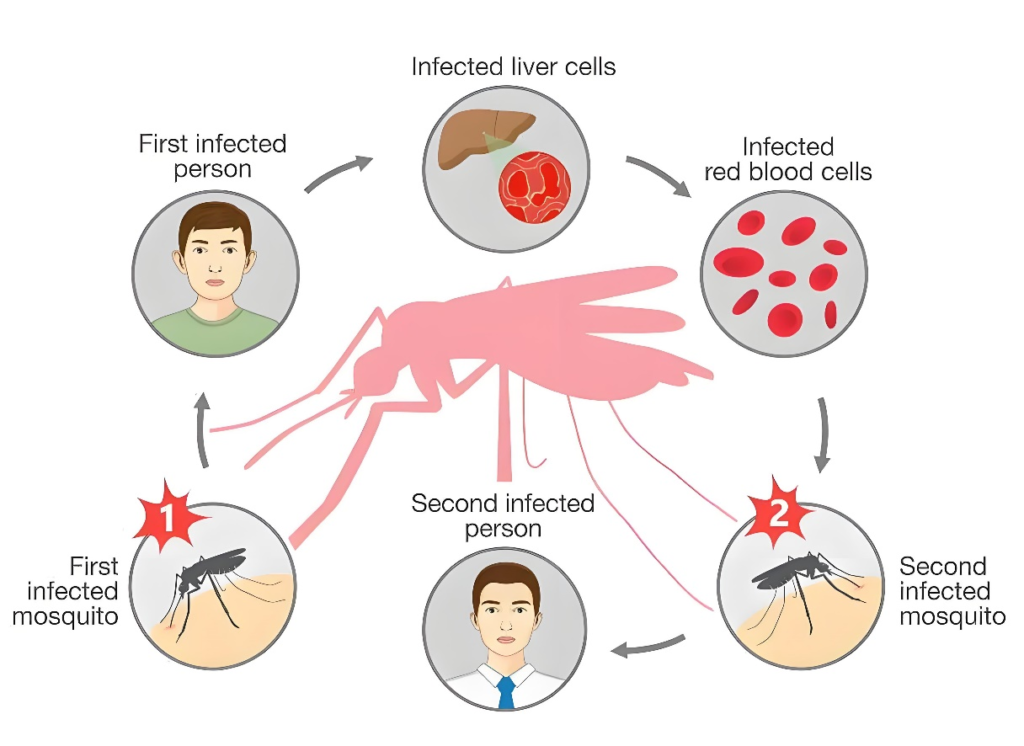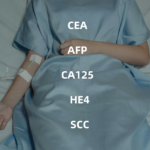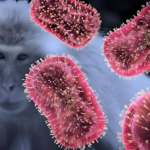“Accelerating the fight against malaria for a more equitable world”
When it comes to malaria, it is a well-known tropical disease. Tropical diseases, as their name implies, refer to diseases that are common in tropical and subtropical regions and are easily transmitted due to high temperature and humidity. Most of them are caused by parasites, bacteria or viruses and transmitted to humans through specific vectors such as insects. These diseases usually have a serious impact on human health, even life-threatening. There are many kinds of tropical diseases, including malaria, dengue fever, yellow fever, AIDS, cholera and so on, which cause huge health and economic burdens worldwide. Because of their high incidence, regional distribution and great impact on public health, tropical diseases have become an important part of global health issues. Among these tropical diseases, malaria and dengue fever are undoubtedly the two most important diseases, and their pathogens and transmission mechanisms are unique.
About malaria
Malaria is a parasitic disease caused by Plasmodium falciparum and transmitted to humans through the bite of female Anopheles mosquitoes. It is particularly common in tropical and subtropical regions. Malaria patients usually suffer from fever, headache, chills and general fatigue, which can lead to coma and death in severe cases. Despite the availability of some effective drugs and treatments, malaria, one of the oldest diseases in human history, remains a serious public health problem worldwide, infecting millions of people and killing hundreds of thousands of people every year. Especially in tropical and subtropical areas, it brings great suffering and threat to the local population.
The main culprit of malaria
The causative agent of malaria is Plasmodium. There are four species of Plasmodium that cause malaria in humans: Plasmodium falciparum(P. f), Plasmodium vivax (P. v), Plasmodium malariae (P. Malariae), and Plasmodium ovale (P. Ovale). Among them, Plasmodium falciparum and Plasmodium vivax are the most harmful. Plasmodium falciparum, the deadliest malaria parasite, is most prevalent on the African continent, while Plasmodium vivax is mainly prevalent in most countries outside sub-Saharan Africa.

Pathogenic mechanism
These malaria parasites live in the bodies of mosquitoes. When mosquitoes bite humans, they inject the parasites into the blood of the human body. After invading the human body, they first develop and reproduce in the liver cells, and then invade the red blood cells to reproduce, causing the red blood cells to rupture in batches, causing patients to have high fever, chills, headaches, general fatigue and other symptoms. Plasmodium falciparum, in particular, can form vesicle-like structures and ring-like inclusions in erythrocytes, change the surface charge and antigenicity of erythrocyte membranes, promote erythrocyte adhesion to vascular endothelium, form microthrombi, and further affect hemodynamics. Malaria infection, if left untreated, can lead to serious complications, such as anemia, kidney failure and brain damage, and even life-threatening. For malaria patients, early diagnosis and treatment of malaria will shorten the course of disease and avoid death, greatly reducing the risk of critical illness.
The successful elimination of malaria in China has gone through five stages:
Key investigation and control stage (1949-1959) ——control of serious epidemic stage (1960-1979)——reduction of incidence stage (1980-1999)——consolidation of control achievements stage (2000-2009)——and elimination of malaria stage (2010-2020)
After 70 years of unremitting efforts by several generations, malaria transmission was successfully interrupted in 2016 (the last local case), and the World Health Organization (WHO) announced the elimination of malaria in China on June 30, 2021.

Although China has achieved the elimination of malaria, it still needs to maintain a high degree of vigilance for its prevention and control screening. On the one hand, there is still a risk of re-transmission of imported malaria, and on the other hand, malaria parasites are resistant to drugs. Therefore, we still need to maintain a high degree of vigilance, continue to strengthen the malaria prevention and control system, and enhance the ability of screening, monitoring and emergency response.
Product recommendation
As a professional supplier in the field of raw materials for in vitro diagnostic reagents in China, Bio-mapper has high cost-effective malaria diagnostic raw materials and rapid diagnosis boards with excellent product performance and rich categories, providing various choices for IVD enterprises and manufacturers.
Malaria Antigen & Antibody

Malaria Uncut Sheet

Other Tropical Diseases——Dengue Fever
Dengue fever is an acute insect-borne infectious disease caused by dengue virus (DENV), which is mainly transmitted by the bites of mosquitoes carrying the virus (mainly Aedes aegypti and Aedes albopictus). Dengue virus is widely distributed in the world, especially in tropical and subtropical regions, so it is also a common tropical disease. In recent years, with global warming, the spread of dengue fever is also expanding, DENV infection generally has no obvious symptoms, some patients have different clinical manifestations, including fever, severe headache, skeletal muscle pain, vomiting, rash and so on. Dengue hemorrhagic fever (DHF), dengue shock syndrome (DSS), organ failure and even death may occur in severe patients. Because of its strong concealment and rapid spread, it poses a greater threat to human health.

Diagnosis of Dengue
At present, the common detection methods of dengue fever in clinic include virus isolation and culture, serological detection and PCR detection. According to the Guidelines for Clinical Diagnosis and Treatment of Dengue Fever in China in 2018, when suspected cases are examined for etiology and serology, DENV nucleic acid or NS1 antigen, or IgM/IgG antibody should be detected in the early stage of the disease, and virus typing and virus isolation can be carried out if conditions permit. Rapid diagnosis is the key link in the prevention and control of dengue fever. Accurate and rapid identification of infected persons and timely treatment and isolation measures can greatly reduce the risk of dengue virus transmission.
Dengue virus has a variety of serotypes (dengue virus type I ~ IV). These four serotypes have similar genomic structure and biological characteristics, but there are antigenic differences among them. There is no cross-immunity between different serotypes. Therefore, patients may be infected with different serotypes of dengue virus for many times. This characteristic makes the prevention and control of dengue fever more complex and arduous.

Product recommendation
Dengue Antigen & Antibody


Dengue Uncut Sheet

Mosquito Prevention Tips
Malaria and dengue fever are both mosquito-borne diseases, so the main prevention and control measures are to prevent and control mosquito bites. Here are some anti-mosquito tips for you to avoid mosquito bites and have a healthy body.
- Choose long sleeves and trousers, avoid wearing too exposed clothes, and reduce the exposed area of the skin. Clothes should be as light as possible, because dark clothes are more likely to attract mosquitoes.
- Install screen doors and windows, use mosquito-repellent incense and mosquito-repellent aerosol in hotel rooms before going out, even in high-end hotels, pay attention to indoor mosquito control.
- If you have suspicious symptoms during your stay in mosquito-prone areas, you need to see a doctor in time.
- Pay attention to personal hygiene: keep the body clean, take a bath frequently, and reduce the odor on the body, which can also reduce the risk of being bitten by mosquitoes.
- Apply mosquito repellent liquid when going out: Apply mosquito repellent liquid containing mosquito repellent ingredients when doing outdoor activities to effectively prevent mosquito bites.





